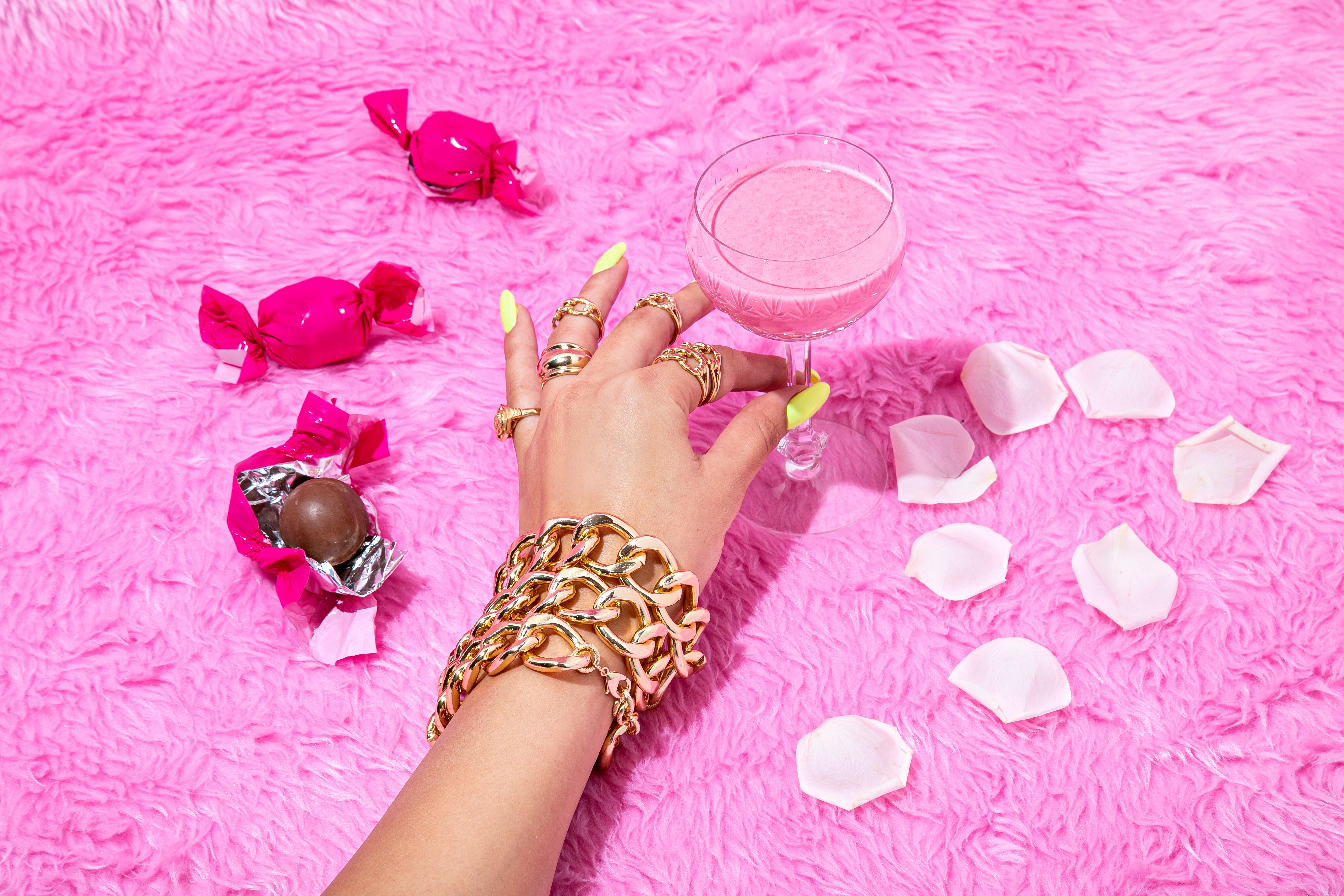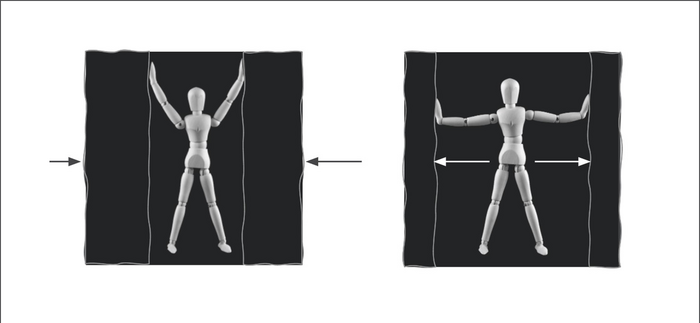“Challenging design conventions is a key to more vibrant design”
Bling is associated with expensive, ostentatious accessories and “bad taste”. This contrasts with the prevailing aesthetic values of the design world. But what happens when bling and design are brought together? A new thesis in industrial design from the Faculty of Engineering (LTH), Lund University in Sweden, shows that provocations – such as breaking convention with the help of the bling subculture – can lead to increased awareness and creativity regarding design norms.
Jessika Sellergren – Published 12 February 2024

Despina Christoforidou, the researcher behind the thesis, explains that design and the bling aesthetic can be seen as polar opposites. Need and function are central to design, as illustrated by the slogan “less is more”. Bling is the obverse: “more is more”. She says:
“What’s provocative is that in the context of design, bling is considered bad taste.”
Provocations to spur awareness and creativity
In her research, Despina Christoforidou uses bling as a kind of provocation catalyst to capture deviations from the norm in her work with design students, design lecturers and professional designers.
She explains that norms are hard to grasp, but by breaking them using bling, designers are forced to confront their own preconceptions.
“This confrontation expands the horizon of what is possible inside and outside the established framework. Using bling as a means to provoke norms opens the door to new thinking and challenges conventional approaches,” she says.
But how are breaches described? One example is in a course on trends for students of design. Despina Christoforidou used the cultural clash between design and bling to create just such a breach. The students went from being sceptical to making creative collages and design proposals inspired by both bling and sustainable messaging.
“One of the groups of students designed a sink with a gold tap to remind people of how exclusive water is and to start a discussion about reducing water consumption,” she says.
Design and “in-betweenness”
The role of the designer requires an ability to navigate uncertainty and friction, and different design tasks involve working between different contexts.
Despina Christoforidou calls it “in-betweenness”, that is, being neither inside the community of a context nor completely outside it, while the designer is also part of several contexts:
“There is a need to navigate the different norms and values that make up the different fields in which you work.”

"In-betweenness" occurs when you are neither completely inside a context's community nor completely outside. Norms and values influence the size of the space in between. As a designer, you are the intermediary who pushes the boundaries of the space you are in.
In order to investigate interrelationships based on norms and breaches of those norms, Despina Christoforidou has interviewed non-normative designers and their approaches.
One of them is a designer who moves between design and sloyd (handicrafts) and chooses to work in isolation in the forest because of the experience of not being accepted by the art and design establishment.
“When one’s own values contrast with those of one’s environment, the need to breach the norm increases,” says Despina Christoforidou.
Norm clashes and the friction they cause can be valuable for helping designers to understand their context.
“Challenging conventions in the design world, such as with the use of bling, thus becomes not only a breach but a key to a more vibrant and innovative design practice.”

Despina Christoforidou
Despina Christoforidou is a researcher in industrial design at the Faculty of Engineering (LTH).
despina.christoforidou@design.lth.se
+46 46 222 89 12
Despina Christoforidou — Lund University
The thesis Bling & Other Breaches in Design in Lund University’s Research Portal
What is design?
Every object we interact with in our homes, offices, schools and public spaces is the result of a design process. In addition to physical objects, the design process is also used to develop new services and processes such as banking, public transport and airport departures and arrivals.
Design is about the ideation, development and design of objects, services and processes to contribute to the transition towards a sustainable future, and to provide users with lasting and meaningful experiences.
